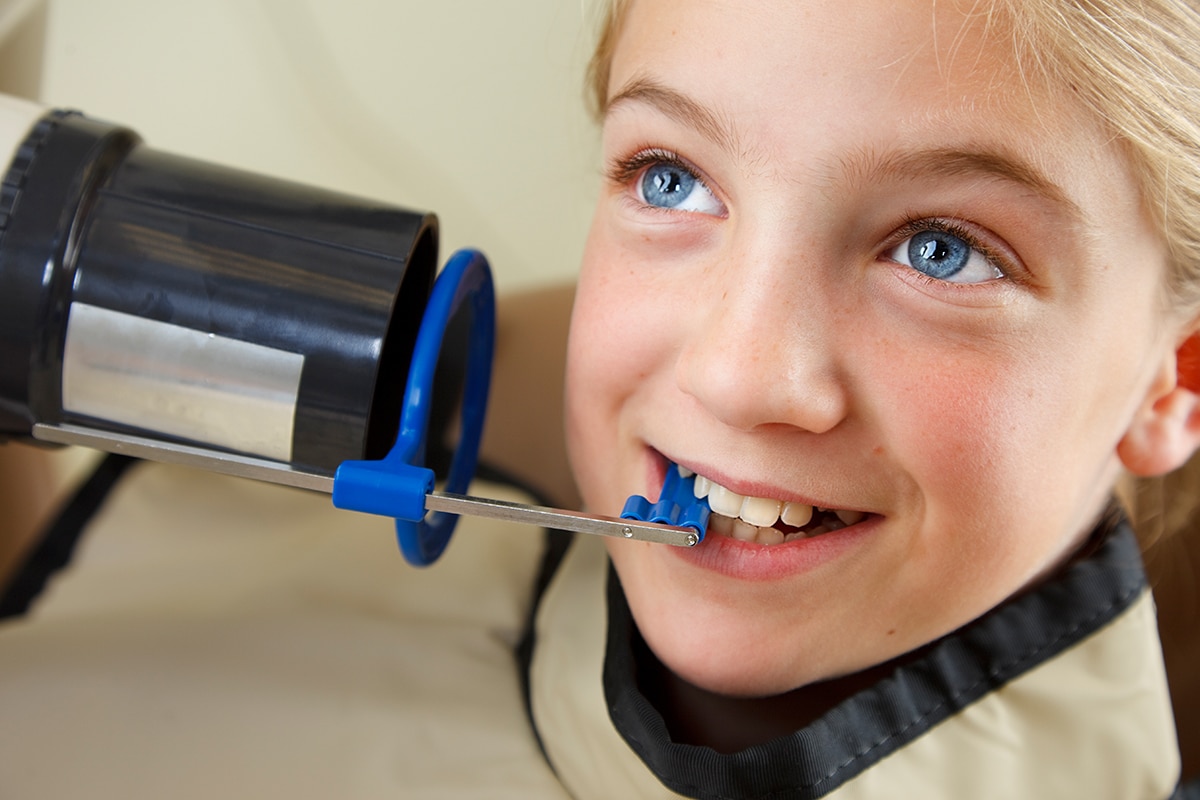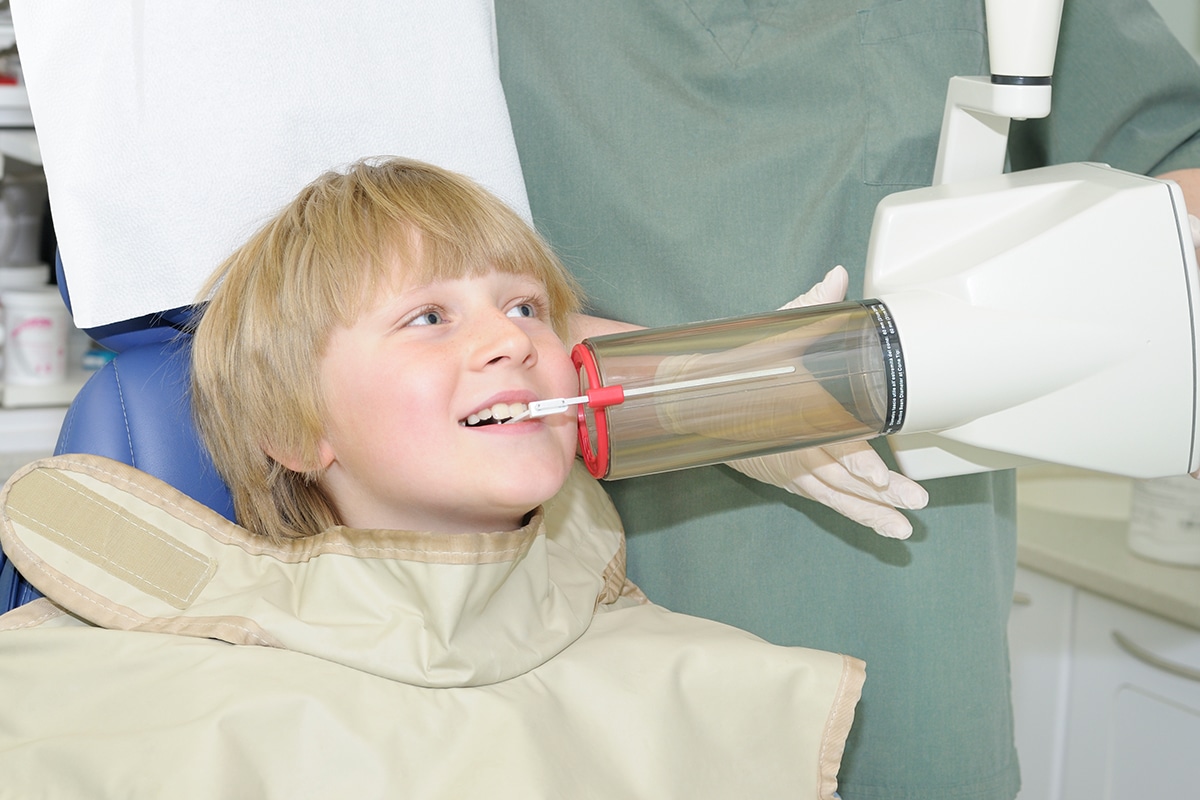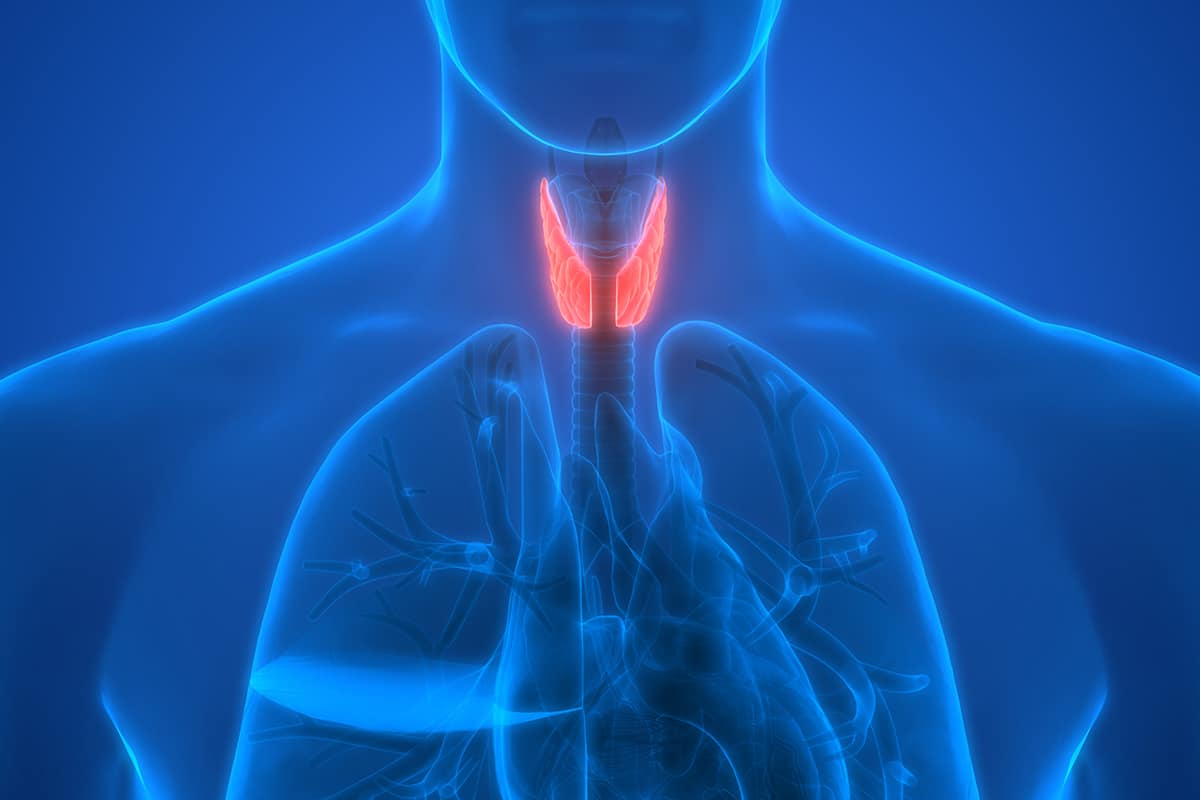Kids and Radiography
The As Low As Reasonably Achievable (ALARA) radiation safety principle is important for oral health professionals to adopt—and is even more essential when treating pediatric patients because radiation exposure poses a significant risk to developing organs and tissues.

Kids and Radiography
The As Low As Reasonably Achievable (ALARA) radiation safety principle is important for oral health professionals to adopt—and is even more essential when treating pediatric patients because radiation exposure poses a significant risk to developing organs and tissues. While radiographs are critical to diagnosing dental disease and for assessing growth and development in pediatric patients, children’s tissues may be at greater risk of ionizing radiation due to their small size, which puts them closer to the primary beam of radiation. In addition, children usually require a decrease in the exposure settings to produce quality radiographic images because their bone structure is not as dense as adults.
Photo Credit: RichLegg/E+

Focus on Safety
Campaigns focused on reducing children’s radiation exposure have been developed. In 2007, the Alliance for Radiation Safety in Pediatric Imaging started the global Image Gently campaign to focus on advocacy to improve safe and effective imaging of children. Image Gently provides health professionals and patients with education about radiation safety for children.
Photo Credit: Jovanmandic/ISTOCK/GETTY IMAGES PLUS

Ensuring Diagnostic Necessity
Dental hygienists can make preliminary assessments and recommendations for necessary radiographs based on comprehensive clinical examinations and medical and dental histories. Dental hygienists can eliminate radiation exposures in children until all primary teeth are fully erupted and inspection of interproximal areas cannot be visualized. The only exceptions are if the child has a toothache, presents with growth and development issues, or pathology is suspected. After determining what radiographs are diagnostically necessary, dental hygienists should adhere to the ALARA principles.
Photo Credit: Wavebreakmedia/ISTOCK/GETTY IMAGES PLUS

Use of Collimation
Position indication devices (PIDs) are currently manufactured as circular or rectangular; however, external rectangular collimators that attach to circular PIDs are available for increased collimation of the X-ray beam. Restricting an X-ray beam size via collimation limits patients’ radiation exposure. Furthermore, rectangular collimation used in dental radiography decreases exposure by five times when compared with circular collimation.
Photo Credit: CreativeI/E+

Reducing Exposure Time
Less radiation is required for the exposure of dental radiographs in children because tissues and bone structures are less dense when compared to adults. In many cases, exposure times should be reduced by one-half of an adult exposure setting for children younger than 10 and by one-fourth for children and adolescents ages 10 to 15.
Photo Credit: AndrewScherbackov/ISTOCK/GETTY IMAGES PLUS

Thyroid Protection
The thyroid gland is considered one of the most sensitive tissues to ionizing radiation in children. Because the thyroid gland is in close proximity to the oral cavity, it is more likely to receive unnecessary exposure to radiation during dental radiographs. Both the American Dental Association and the National Council on Radiation Protection & Measurements recommend thyroid shielding in pediatric patients.
Photo Credit: magicmine/ISTOCK/GETTY IMAGES PLUS

Technique Tips
To limit the amount of exposures, oral health professionals must avoid the need for retakes due to technique error. A smaller image receptor size and modifications to image receptor positioners may be necessary for the pediatric patient. External aiming devices may be too heavy for children. Adapting the image receptor holders may be necessary, such as using a bitewing tab as a periapical image receptor holding device. Additionally, vertical angulation may need to be slightly increased to accommodate image receptors in children with a low palatal vault. If the paralleling technique cannot be tolerated by a child, the bisecting technique can be considered. Though the images may be more distorted, this technique could still produce reasonably acceptable images for diagnosis and treatment.

